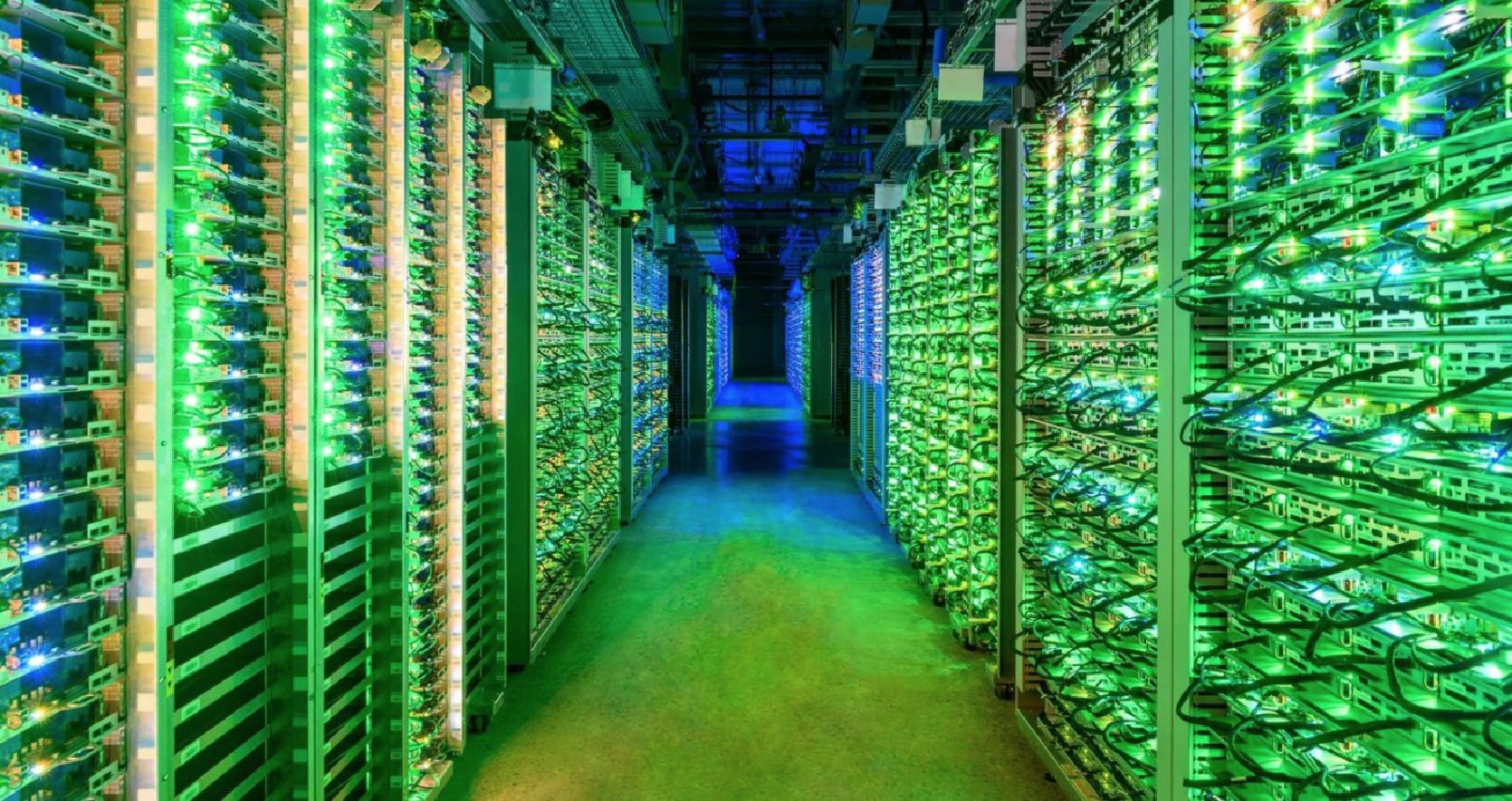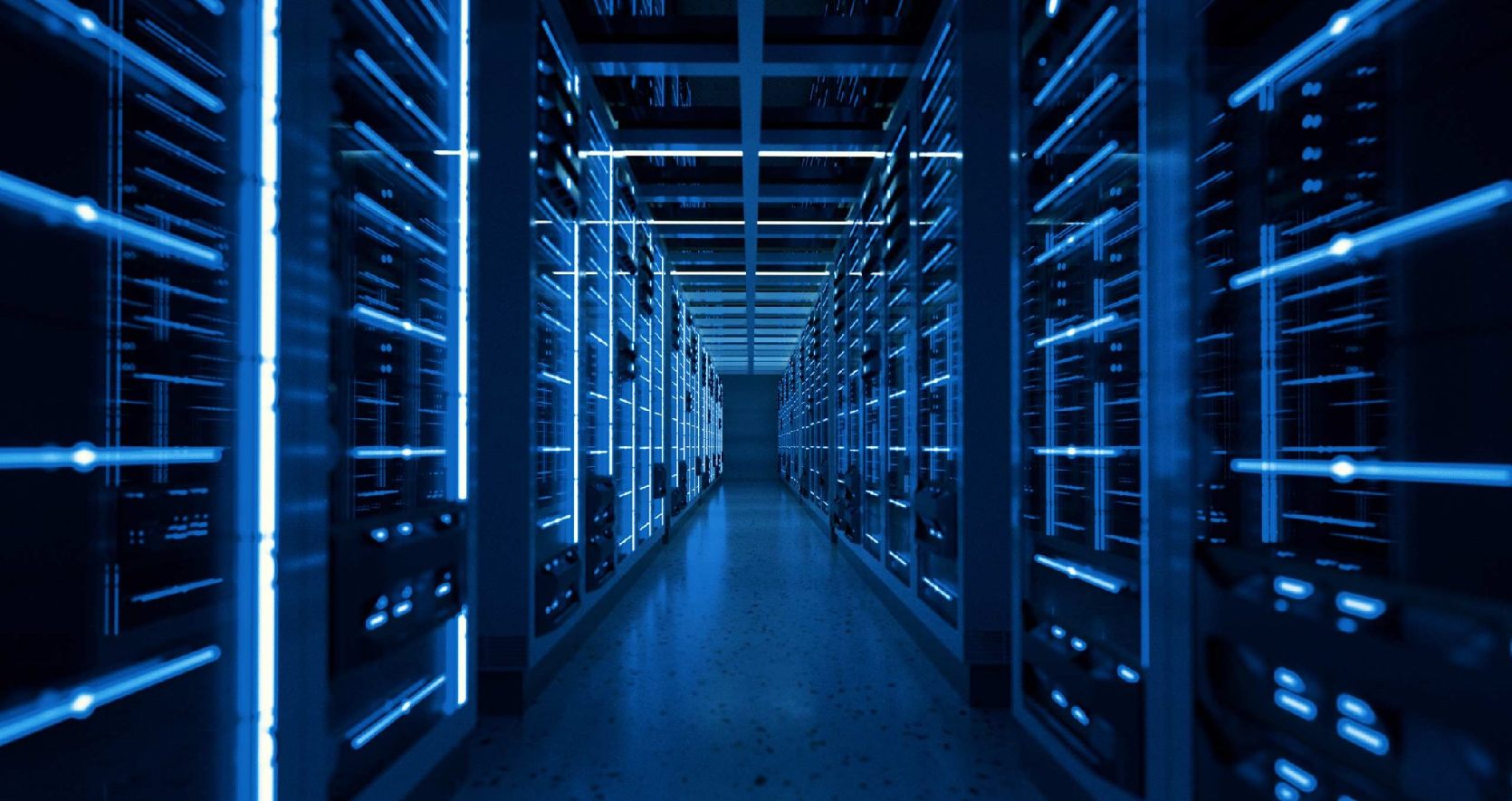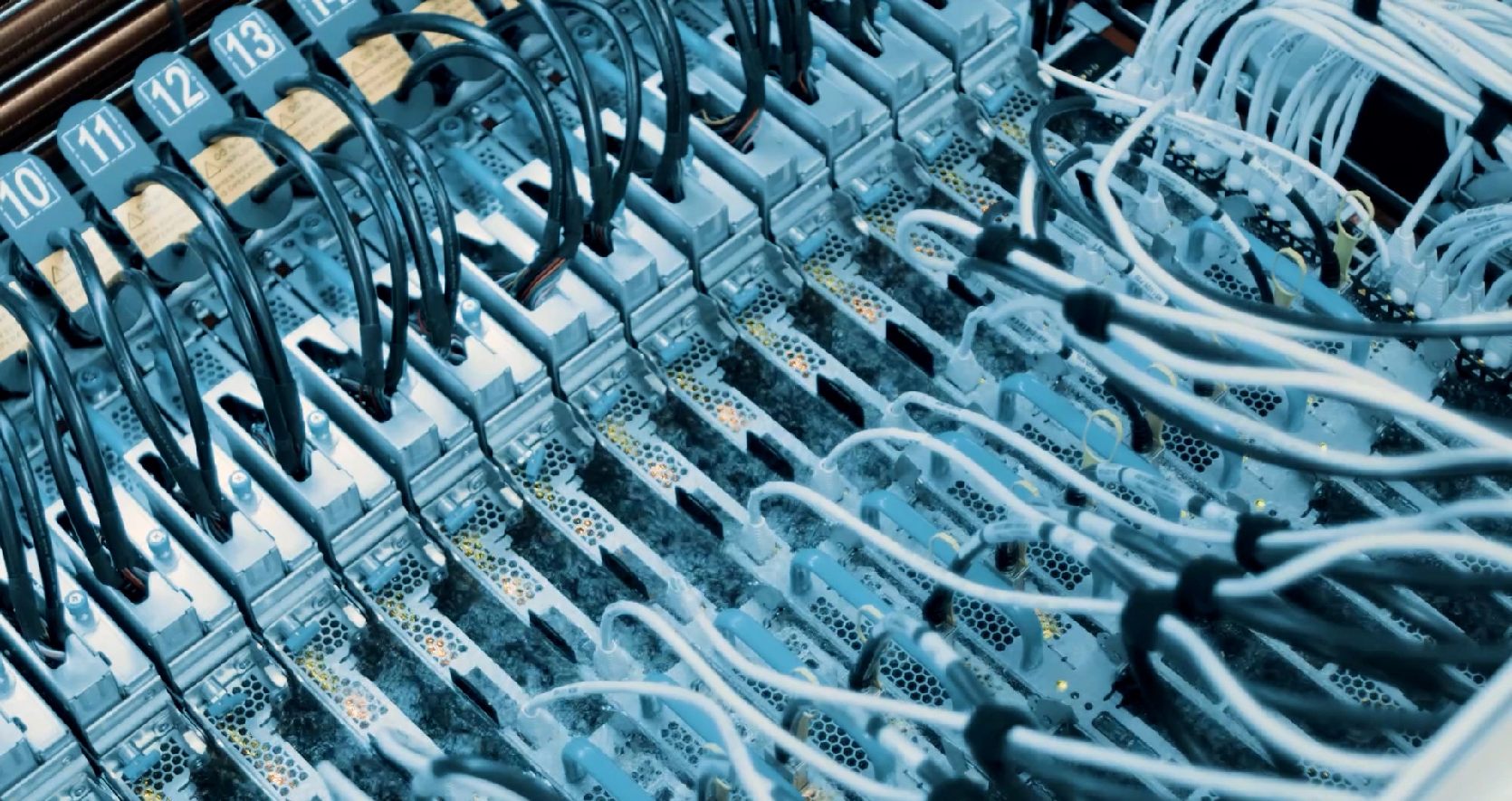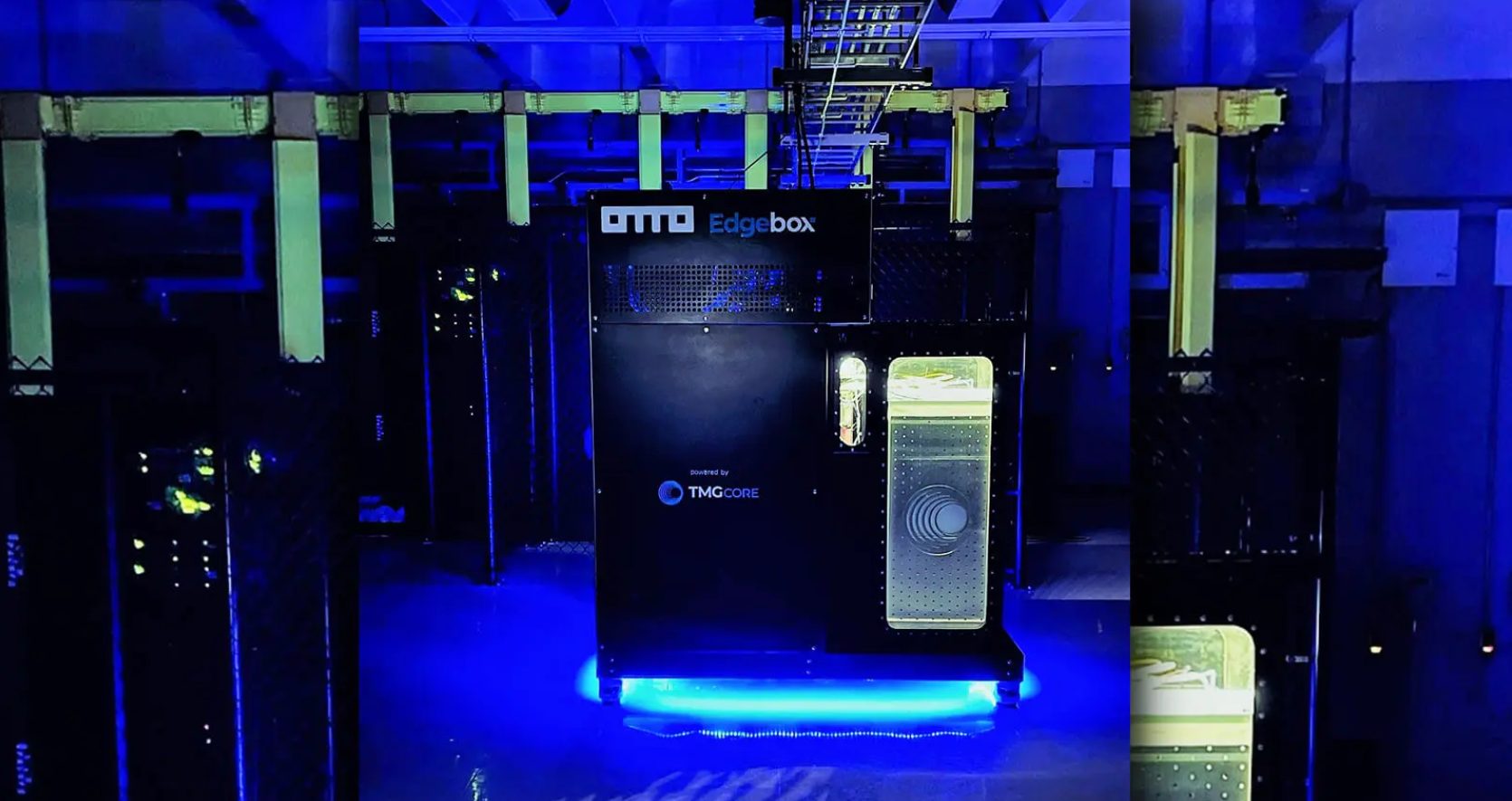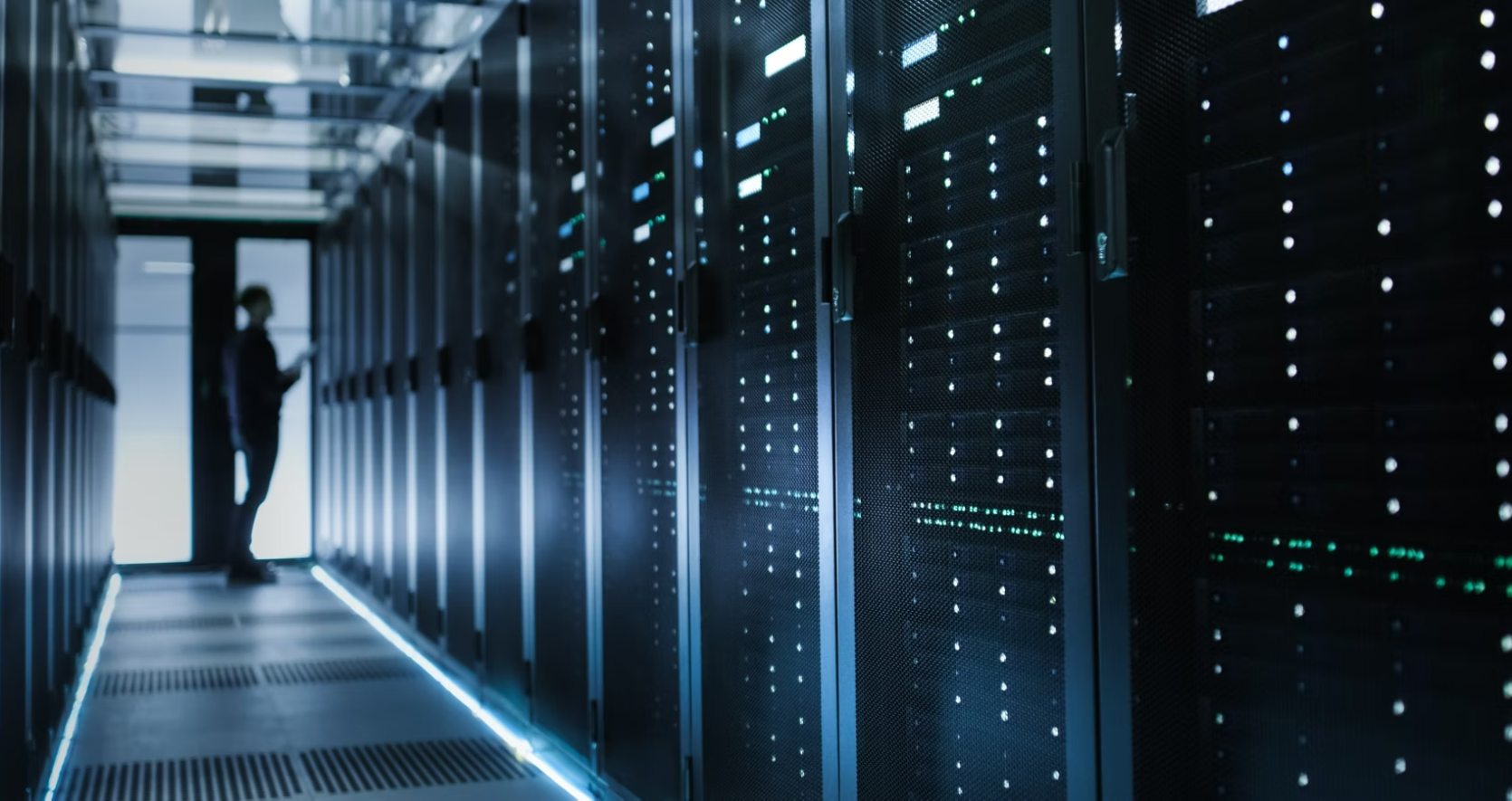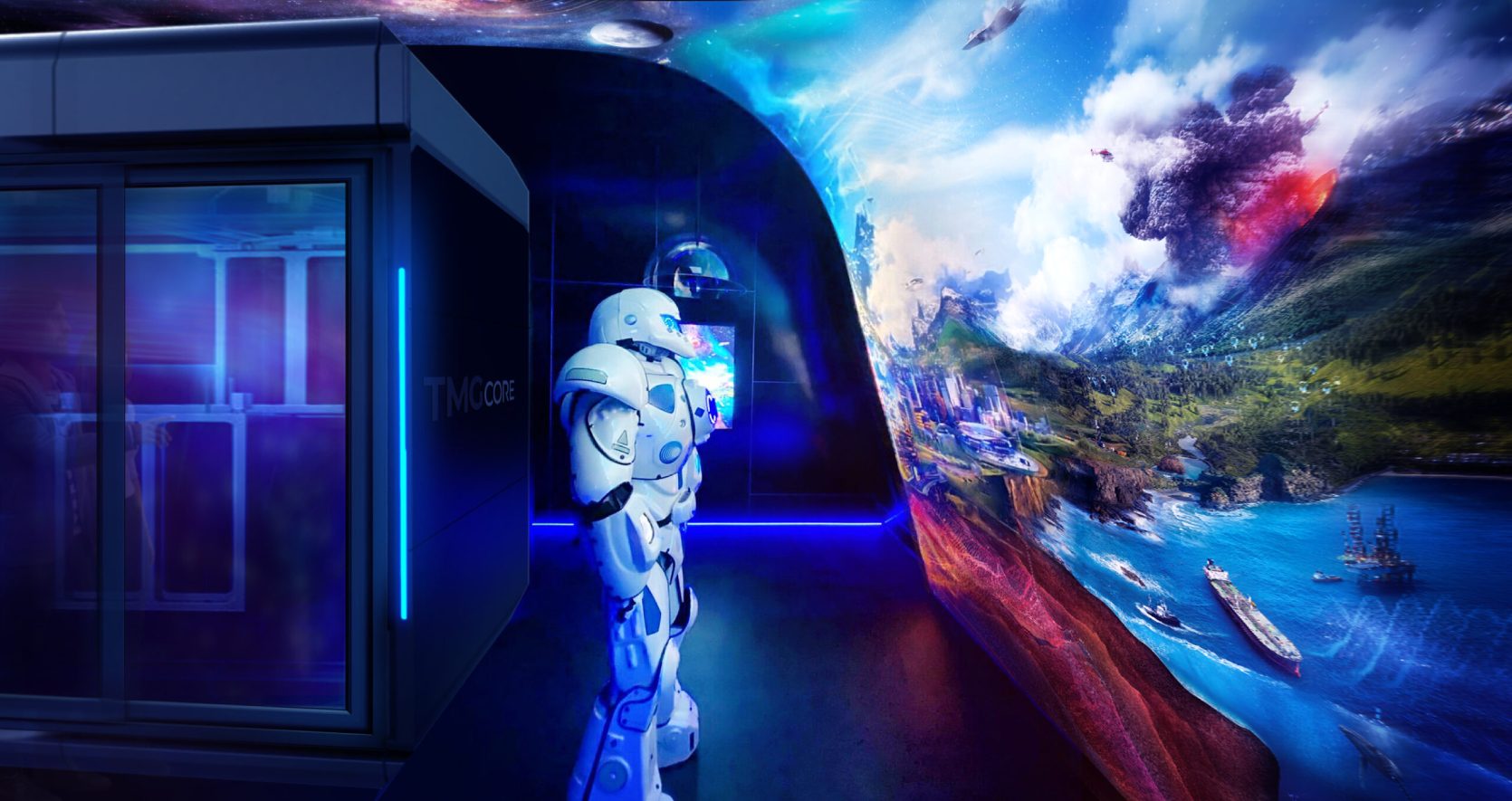
Why Data Centers Aren’t as Green as You Think
Data centers have a reputation for being environmentally unfriendly. But this reality isn’t the only way forward. In fact, many data centers are implementing green practices that make them more sustainable and reduce their environmental impact. However, some data centers are still not as green as they should be. In this blog post, we will take a closer look at why data centers aren’t as green as you think and explore some of the best ways to make them more sustainable.
Data Center Cooling
When data centers are cooling their racks, many of them use outdated technology that is not as efficient as it could be. For example, data centers typically use a lot of variable-speed AC fans and other systems to cool their racks. However, these fans can use a lot of energy and generate a lot of noise.
Hot and Cold Aisles
Today, data centers utilize standard data center cooling methods of hot and cold aisle airflow management. By having these two types of aisles, the data center can regulate the temperature more efficiently. The hot aisle is where the servers give off heat, and air conditioners cool the cold aisle. When these two areas are not properly segregated, it can lead to inefficiencies in cooling.
Best practices for most data centers are outdated, like using cold aisle data center airflow containment. These practices can create a massive amount of energy waste and they are not sustainable practices for the future.
Data Centers and Sustainability
With data centers being more important than ever to our daily lives, it is crucial that they are as sustainable as possible. Data centers currently use 2% of the world’s electricity. This is likely to continue to grow as we become more reliant on the use of data centers. It is estimated that 30-50% of the energy data centers use goes towards cooling the racks. This means that by improving the cooling efficiency of data centers, we can make a significant dent in their overall energy consumption. One way to do this is through immersion cooling.
Immersion Cooling for Data Centers
Immersion cooling is a method of cooling electronic equipment using specially developed fluids. TMGcore has developed single-phase and 2-phase immersion cooling technology to help data centers make their systems more green and spend less on energy costs. TMGcore’s systems use dielectric fluids that are non-conductive and environmentally friendly. These fluids surround the servers and draw the heat away from them, providing more efficient cooling.
This technology can be used in a number of ways to make data centers even more sustainable. The future of immersion cooling is sustainable and could benefit local communities.
Immersion Cooling and Heat Re-Use
The future of data center best practices, when including single-phase and 2-phase immersion cooling, looks even more promising when we look at reusing the heat created. The heat could be used for several things like heating water at a corporate campus or creating a heating loop for a municipal district. TMGcore is committed to helping create more sustainable data centers and will continue to lead the way in this industry.
By using practices like immersion cooling, data centers can significantly reduce their environmental impact while also saving money.
Better Than Cool
TMGcore makes data centers better than cool; it makes them more green and sustainable. TMGcore’s single-phase and 2-phase liquid cooling technologies are the future of data center cooling and will help create a more sustainable world for us all.
TMGcore has a long history of providing the most efficient cooling solutions for data centers worldwide. Our commitment to sustainability and efficiency means that you can trust us to provide you with the best possible solution for your data center needs.
Pellentesque habitant morbi tristique senectus et netus et malesuada fames ac turpis egestas. Curabitur sed mi massa. Aenean ut rhoncus lacus. Mauris lorem neque, porttitor at vulputate in, euismod vulputate ligula.
Maecenas lacinia sem diam, at consectetur magna pretium nec. Curabitur semper orci sit amet viverra ultricies.
Pellentesque habitant morbi tristique senectus et netus et malesuada fames ac turpis egestas. Curabitur sed mi massa. Aenean ut rhoncus lacus. Mauris lorem neque, porttitor at vulputate in, euismod vulputate ligula. Curabitur at velit sagittis, vehicula erat vel, condimentum elit. Maecenas consequat urna ut neque blandit vestibulum. Duis lacus arcu, euismod in vulputate in, blandit quis dolor. Cras sit amet turpis sed ex iaculis volutpat. Donec posuere posuere tortor, eget consectetur eros suscipit sit amet.
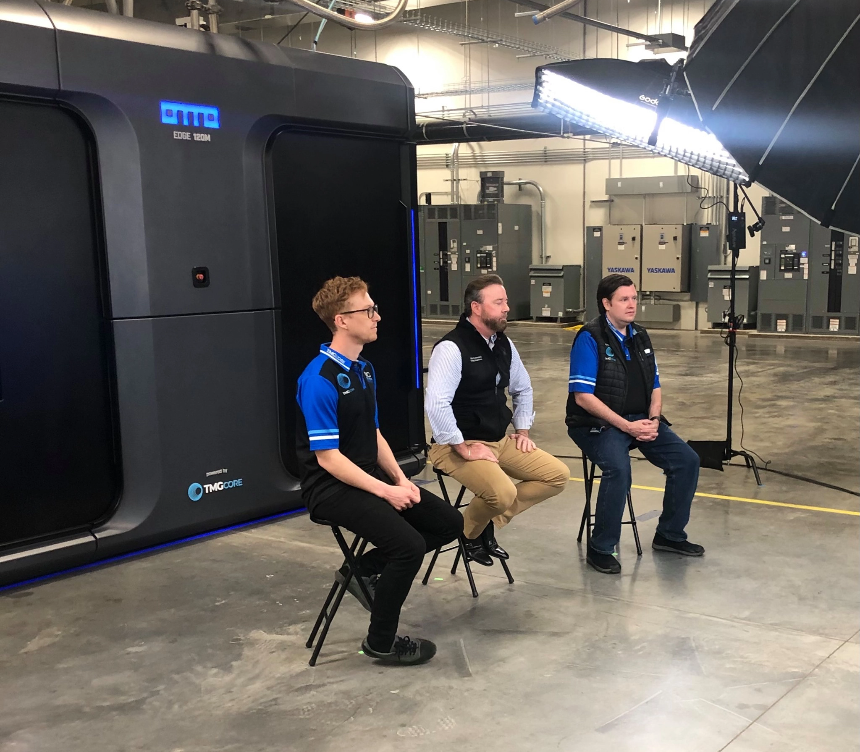
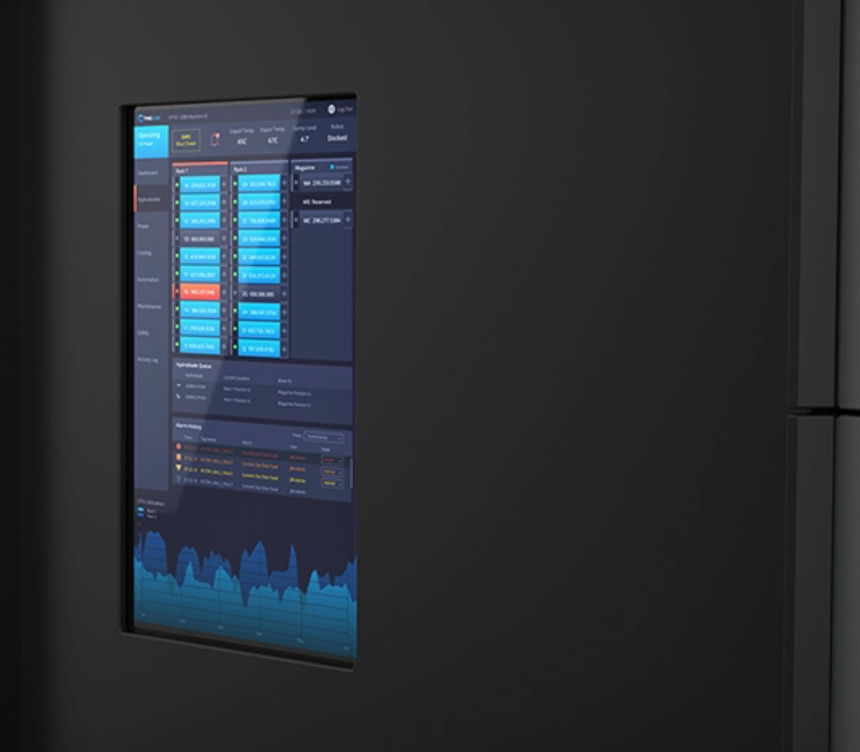
Sed a magna ac purus ornare porta. Maecenas ut facilisis risus, et volutpat felis. Nullam quis tempor purus. Praesent ornare posuere elementum. Mauris quis ex ante. Phasellus libero lorem, malesuada quis suscipit ac, aliquam sit amet arcu. Donec lacinia dui enim, vitae scelerisque nunc vestibulum vel. Fusce imperdiet elementum neque sed molestie. Donec ut feugiat orci. Etiam lacus nulla, blandit eget odio eget, consectetur finibus ligula. Sed quis orci consectetur, auctor leo vel, iaculis velit. Pellentesque vitae nisi lectus.
- Suspendisse consequat metus vitae magna lobortis tristique.
- Aliquam sit amet ante ut velit lacinia porta at nec nibh.
- Aliquam suscipit turpis vitae luctus posuere.
- Donec malesuada turpis maximus orci lacinia sagittis.
Related Blogs
